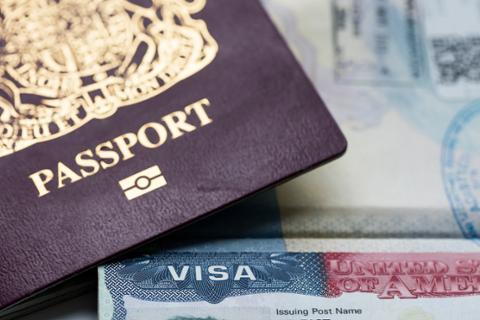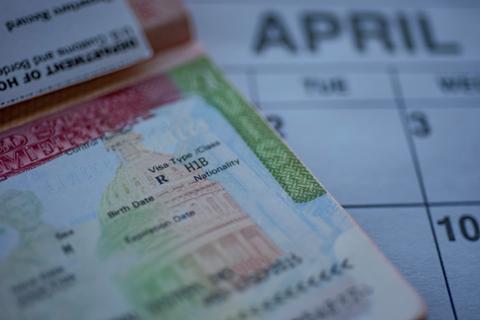Every year, employers register with the federal government for hundreds of thousands of H-1Bs. However, the H-1B cap means only a relatively small percentage of companies will actually succeed in securing an H-1B visa for a particular worker. What does that say about the H-1B system as a whole?
According to the latest data breakdown by the National Foundation for American Policy (NFAP), some 72 percent of H-1B petitions are rejected without any kind of adjudication. Take a look at the chart:
NFAP argues that the limit and the high rejection rate ultimately harm American industry, as it prevents companies from securing highly specialized talent they might need from overseas. For years, Washington, D.C. think tanks have agreed with that idea. “Admitting such a low number of qualified workers hurts the high-tech industry in the United States and pushes the smartest people to work in competing countries like China,” the Heritage Foundation wrote all the way back in 2008. “Some U.S companies that are desperate for workers, like Microsoft, have moved certain branches to Canada and Mexico.”
However, critics of the H-1B system either insist that the cap on visas should be raised even higher, to force companies to search harder for talent from the pool of U.S. citizens, or the current H-1B lottery system should be tossed out in favor of a system based on higher wages, which would (they believe) direct the visas to only the most specialized and expensive talent. The current H-1B system, they argue, is largely a way for companies to contract workers at cheaper wages.
“If there was really a skills shortage, you’d see more diversity in the tech industry—they’d hire underrepresented minorities and women, they’d be training people and investing, they’d be retaining incumbent workers, not laying them off by the thousands, and you wouldn’t see rampant age discrimination,” is how Howard University professor Ronil Hira summed it up to the Harvard Business Review a few years back.
Whatever the arguments (and the wild policy swings under various U.S. Presidential administrations), the cap hasn’t budged much over the past few decades. As far back as 1992, the U.S. government has set the H-1B visa cap at 65,000 (the 85,000 number in the graph above is that 65,000 cap, plus a 20,000-visa exemption for individuals who have obtained an advanced degree from a U.S. university). Since 1997, no H-1B visa under that cap has gone unused, with the exception of fiscal years 2001-2003, when the cap was raised to 195,000 and some visas weren’t utilized.
The big question now, of course, is the Biden administration’s new visa policies—what will it choose to do, and when? And will that include discussion about raising (or lowering) the cap on the H-1B?



